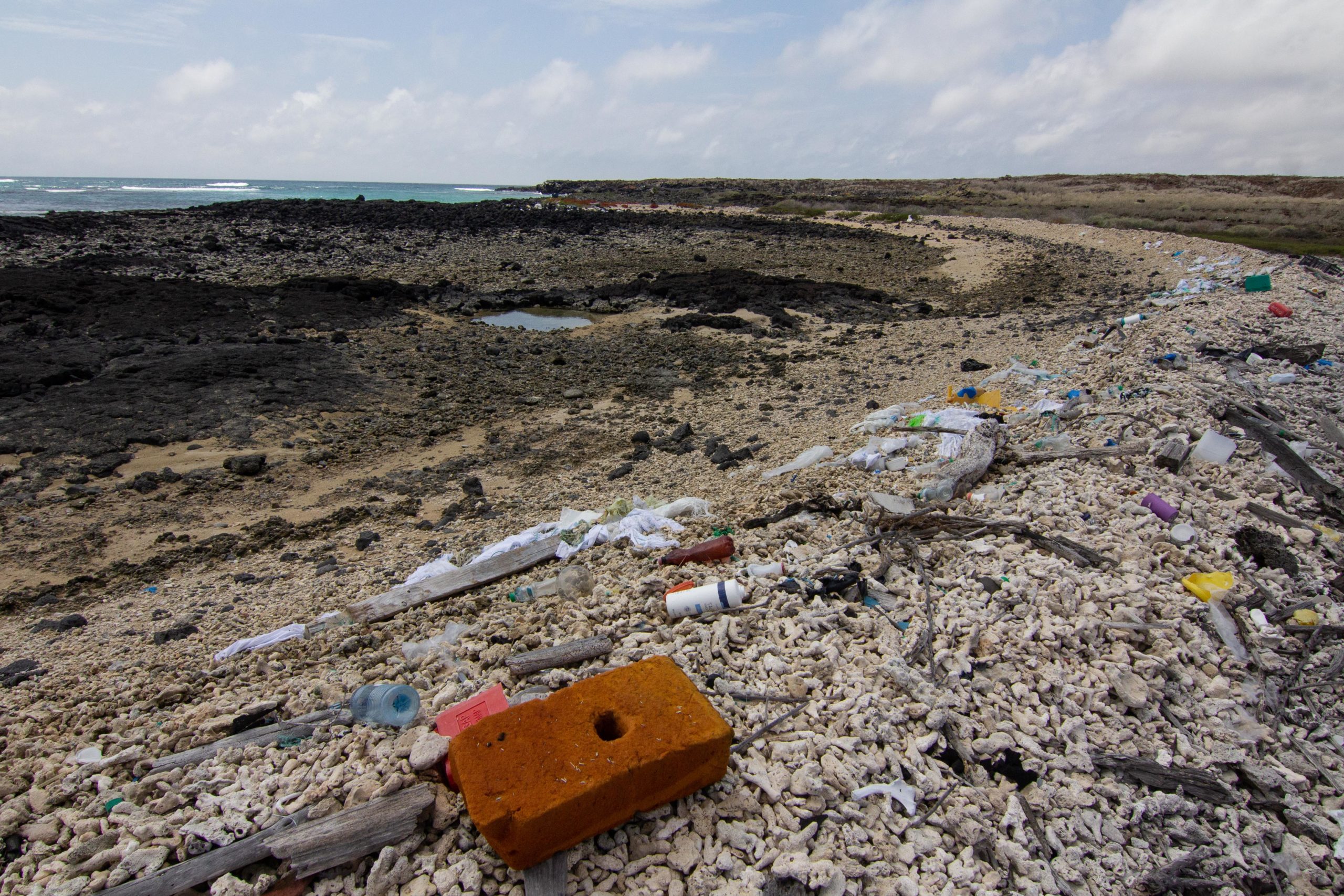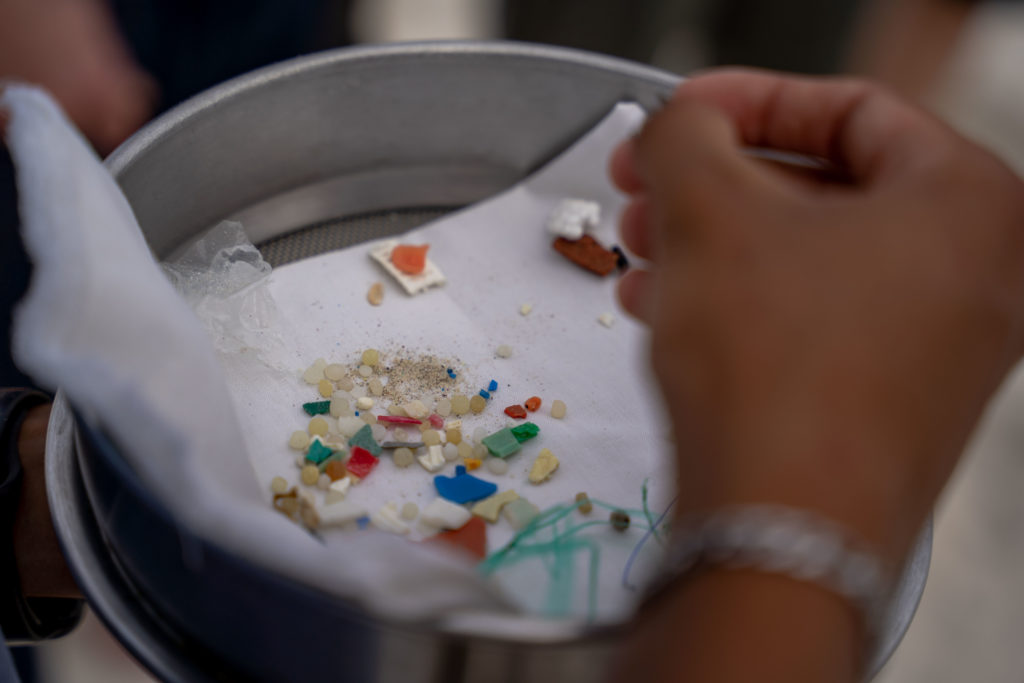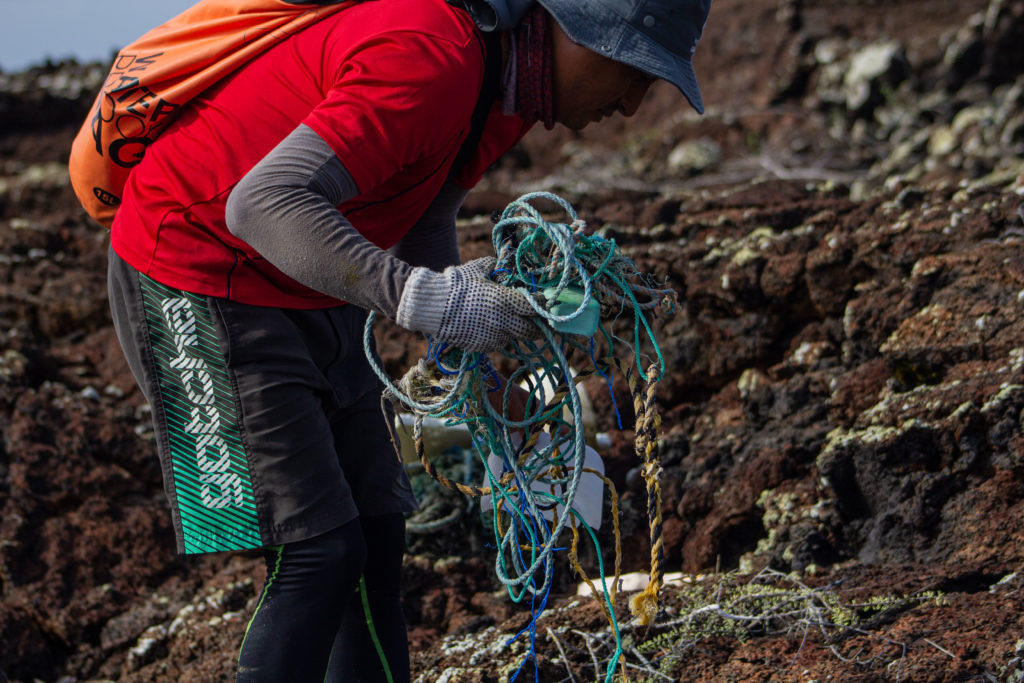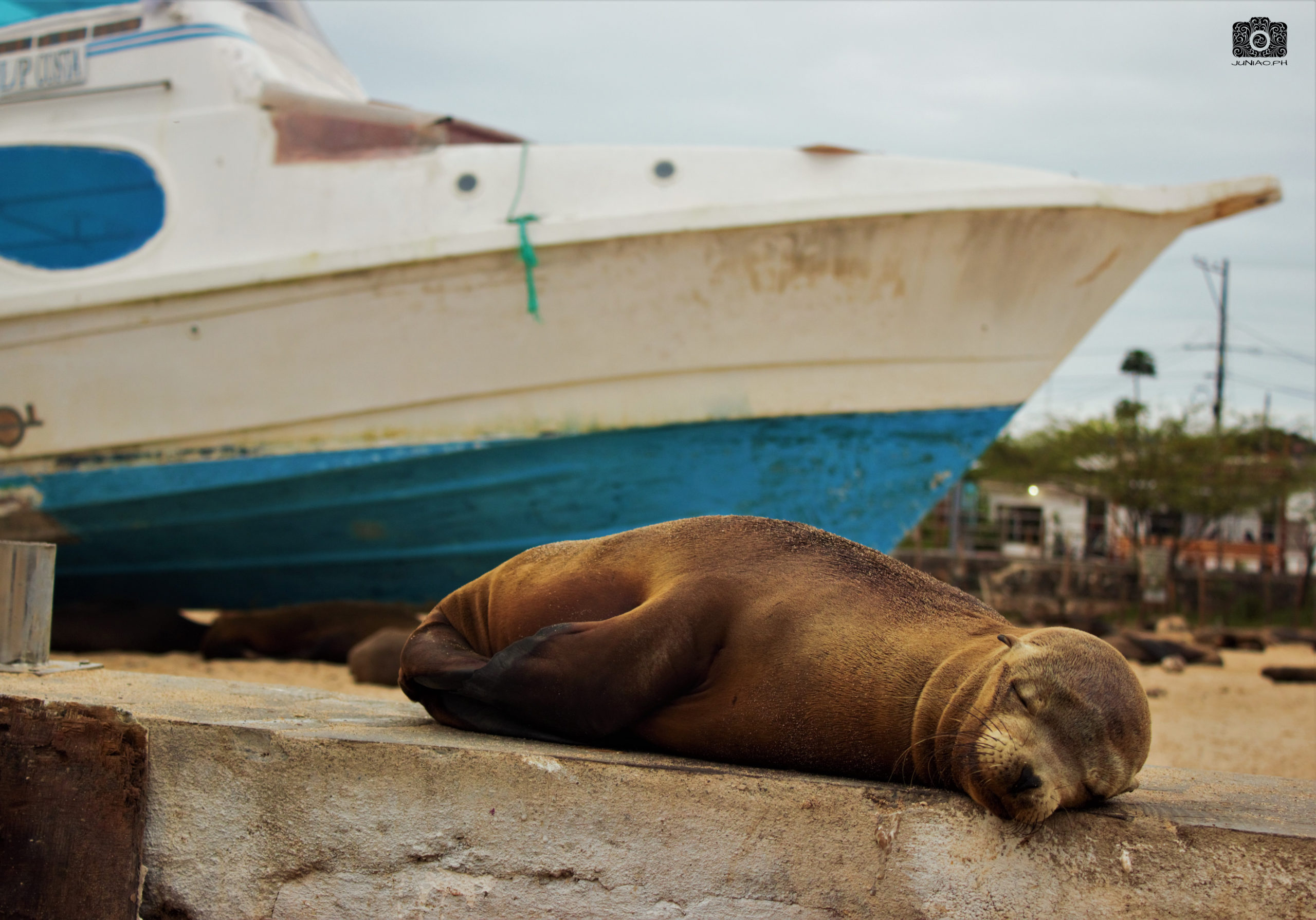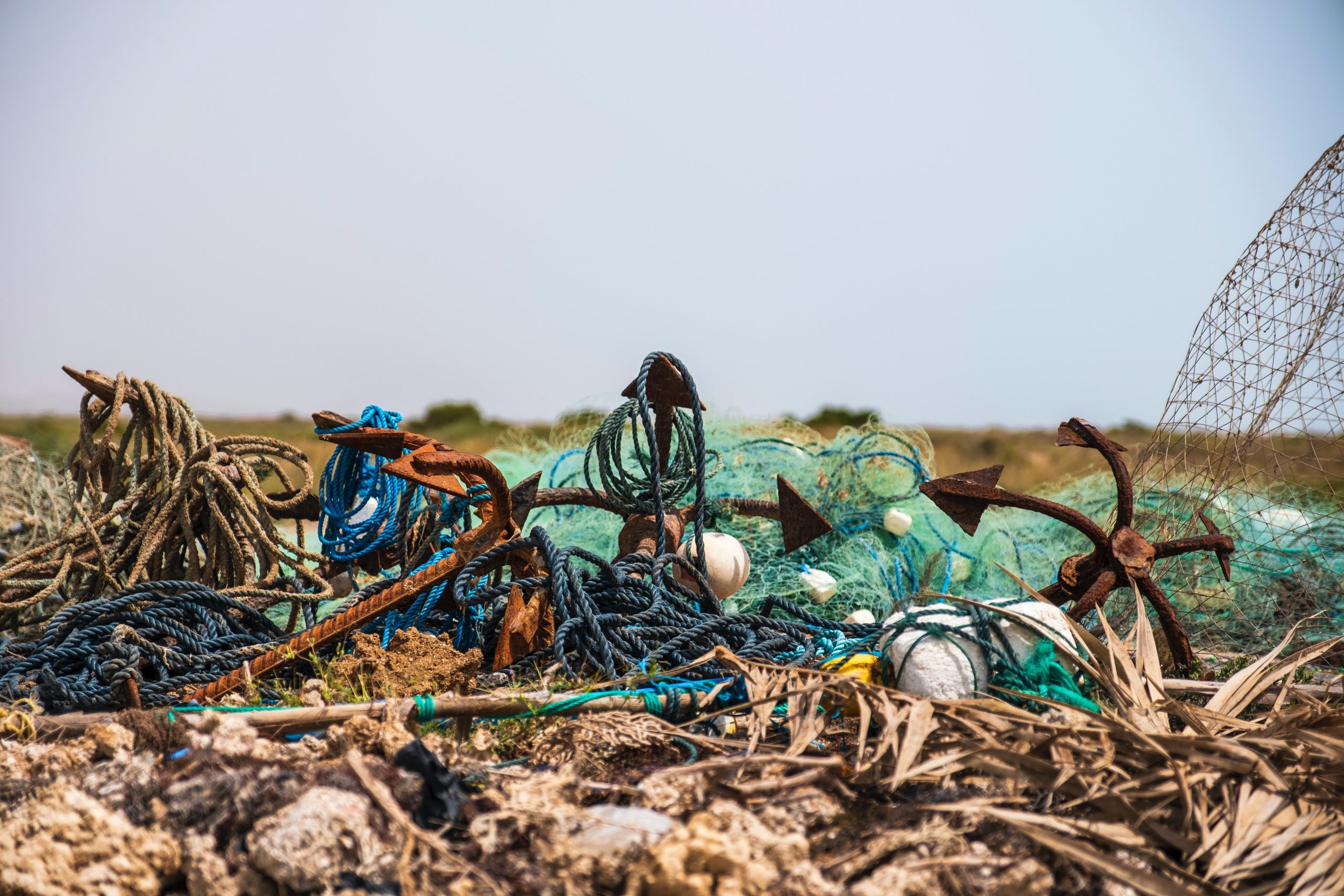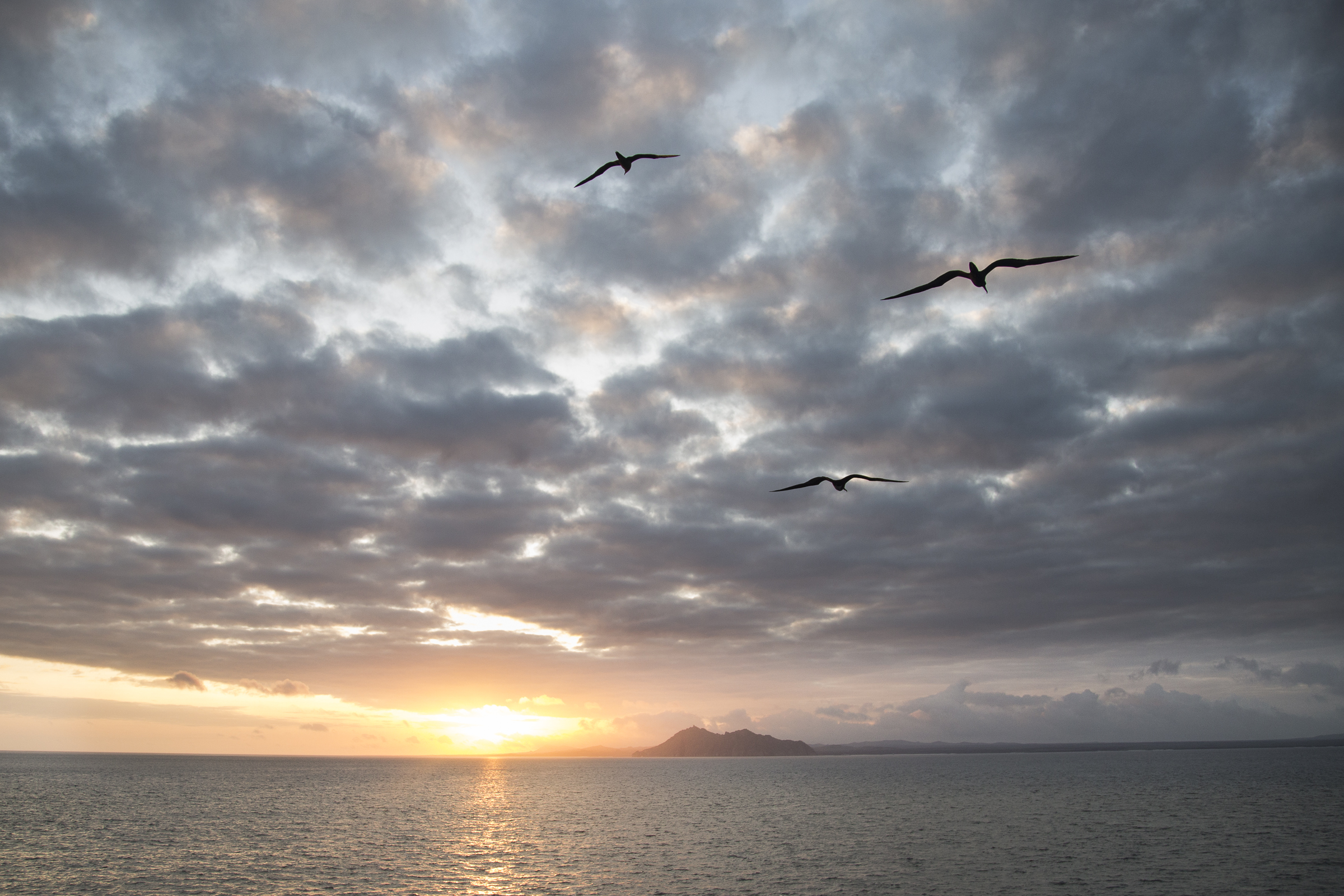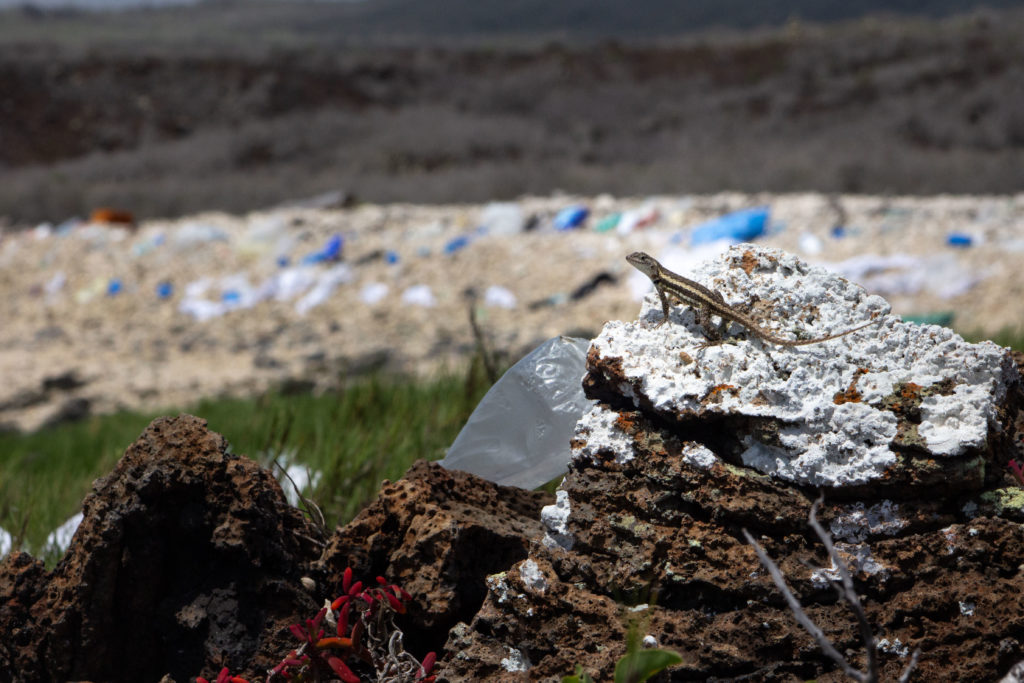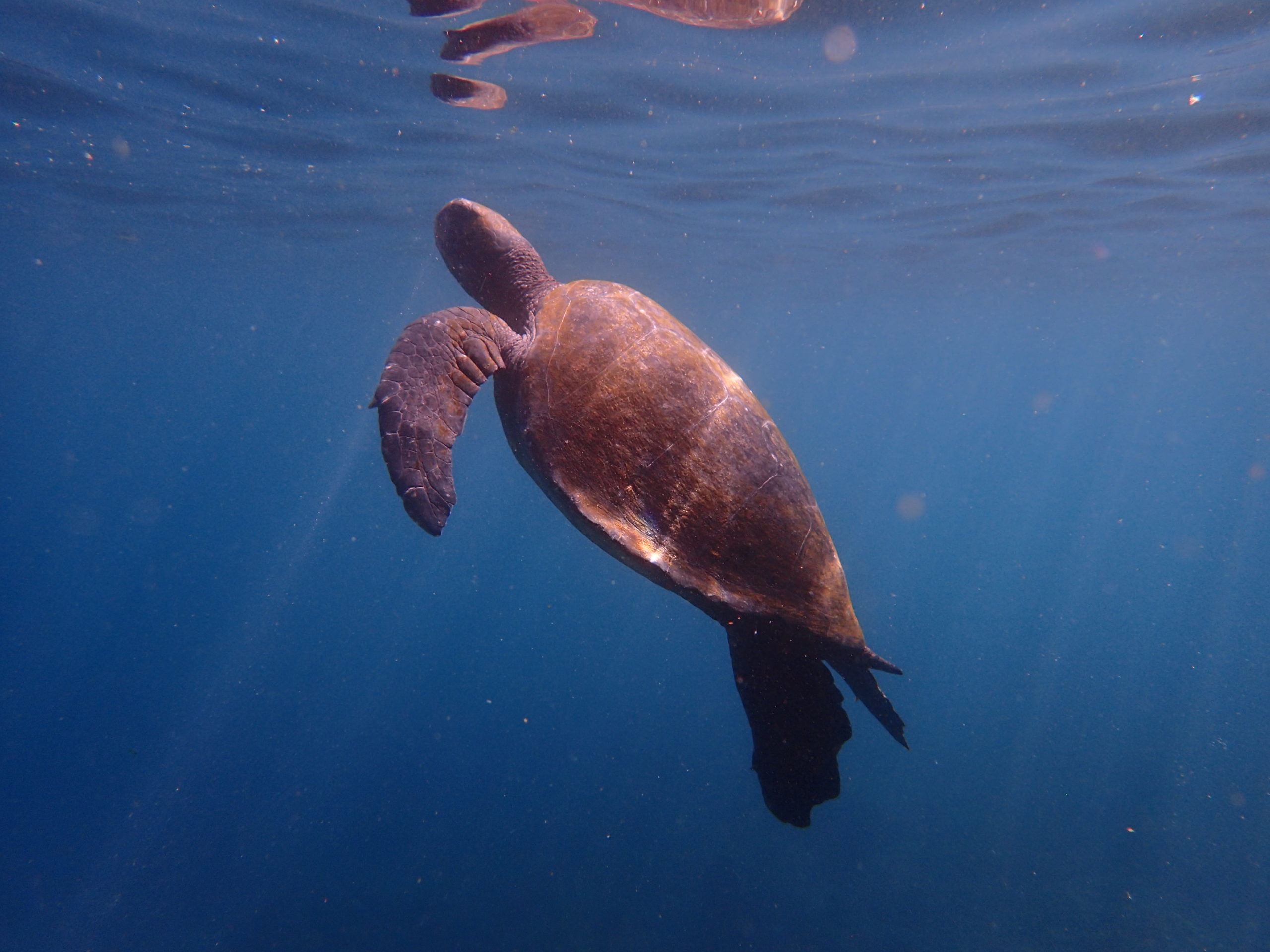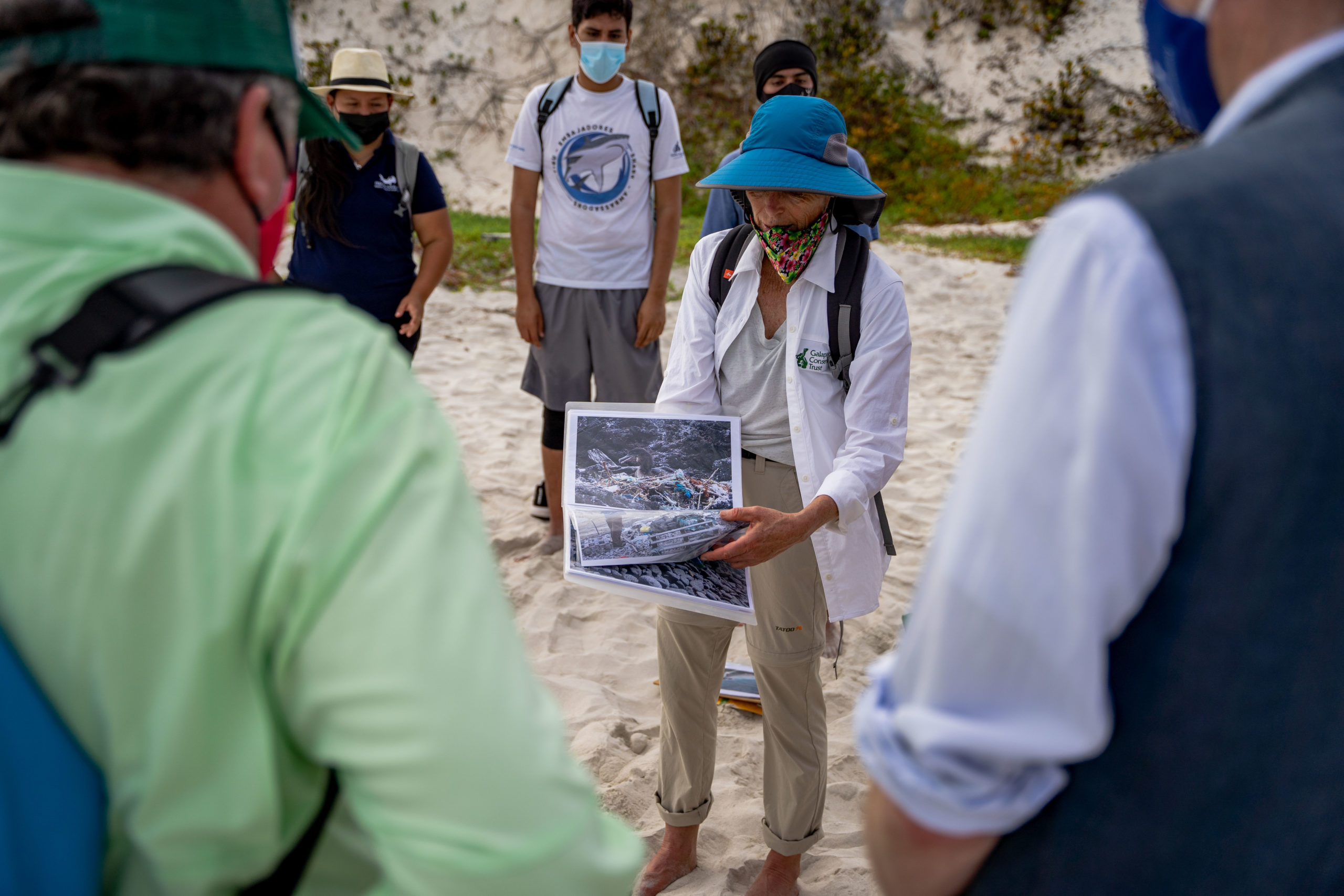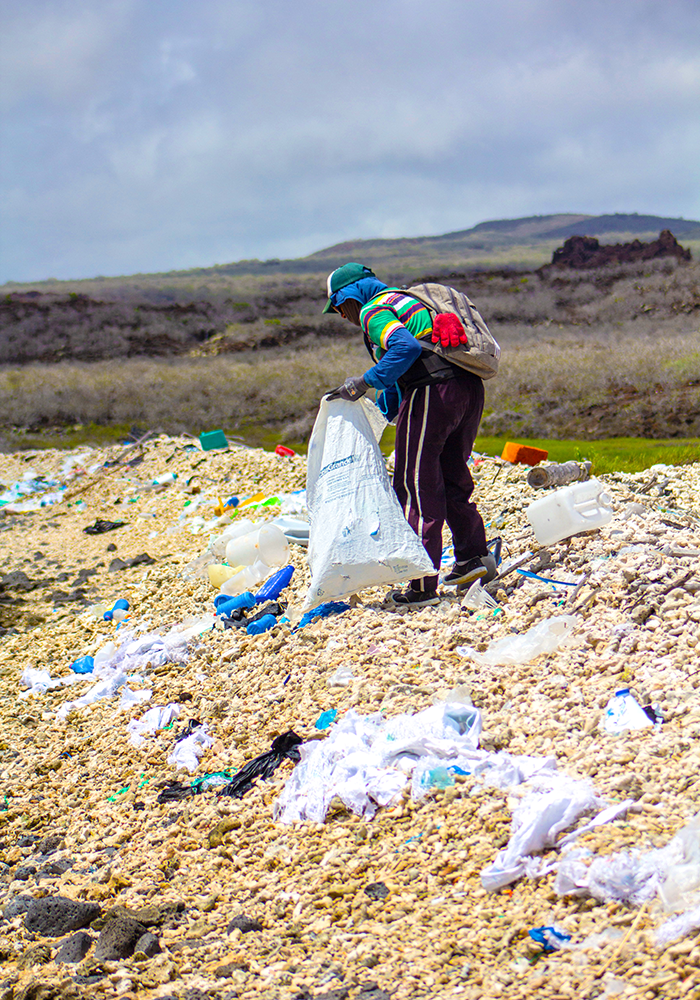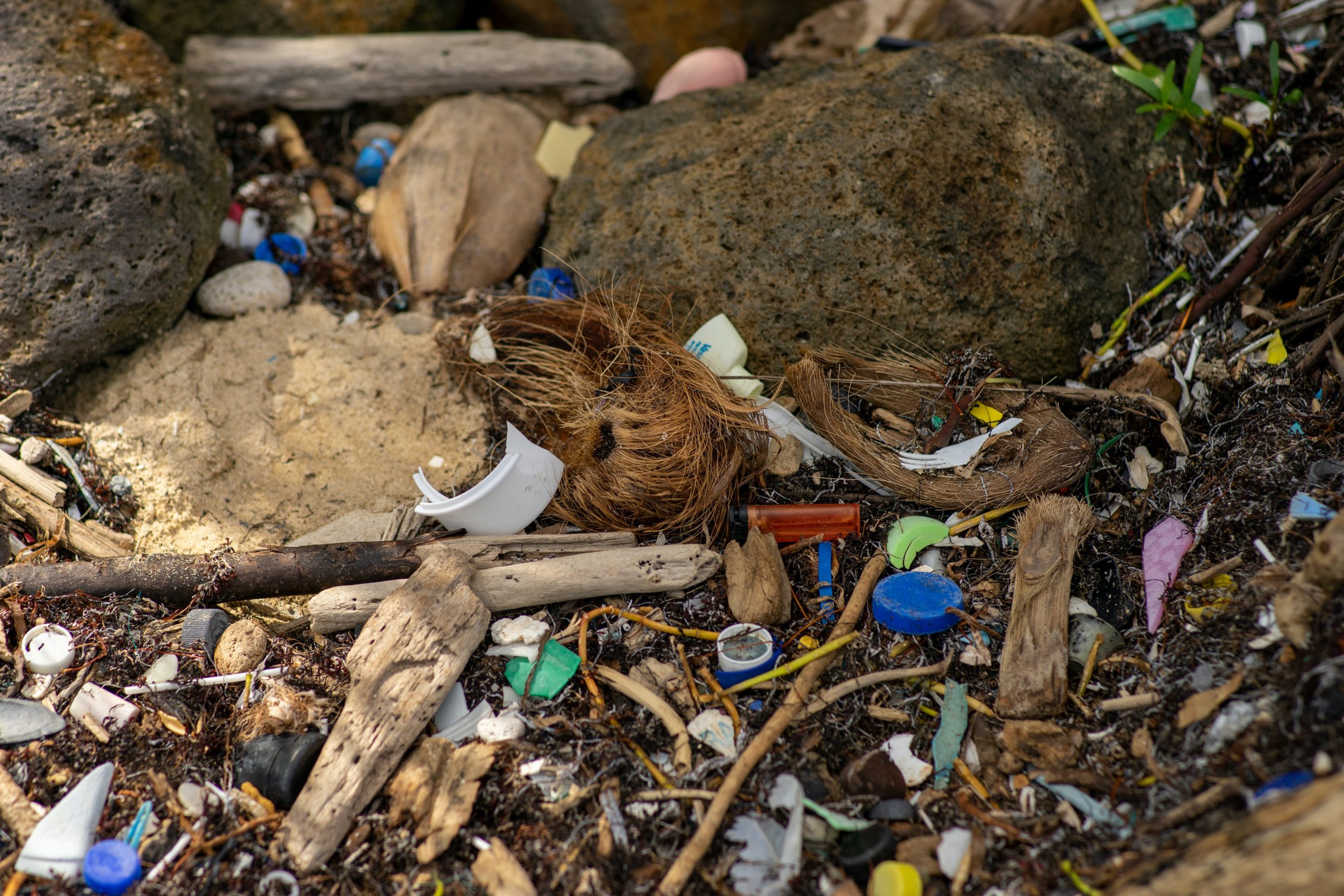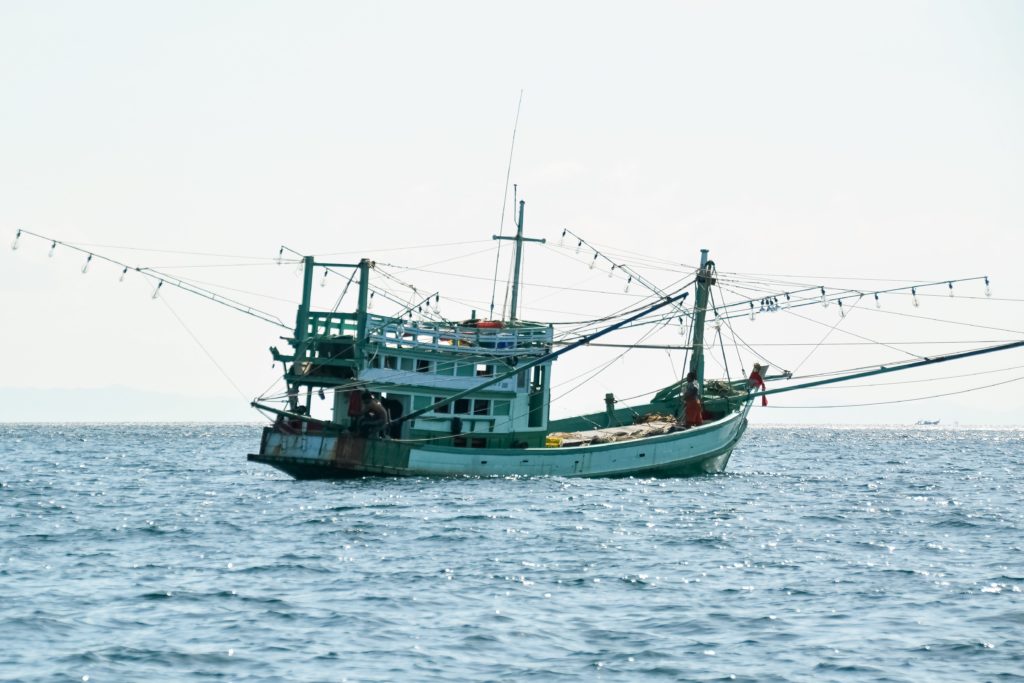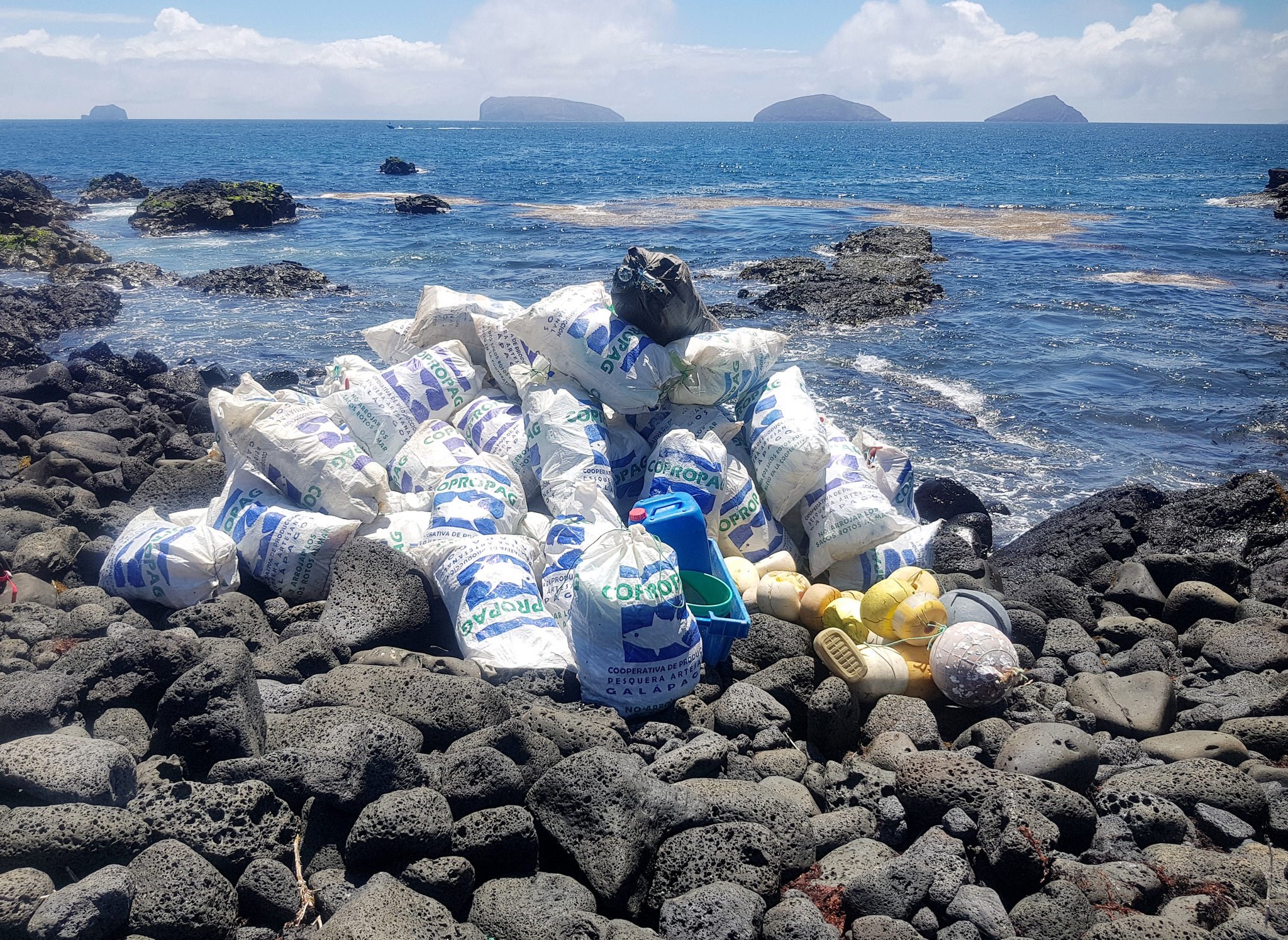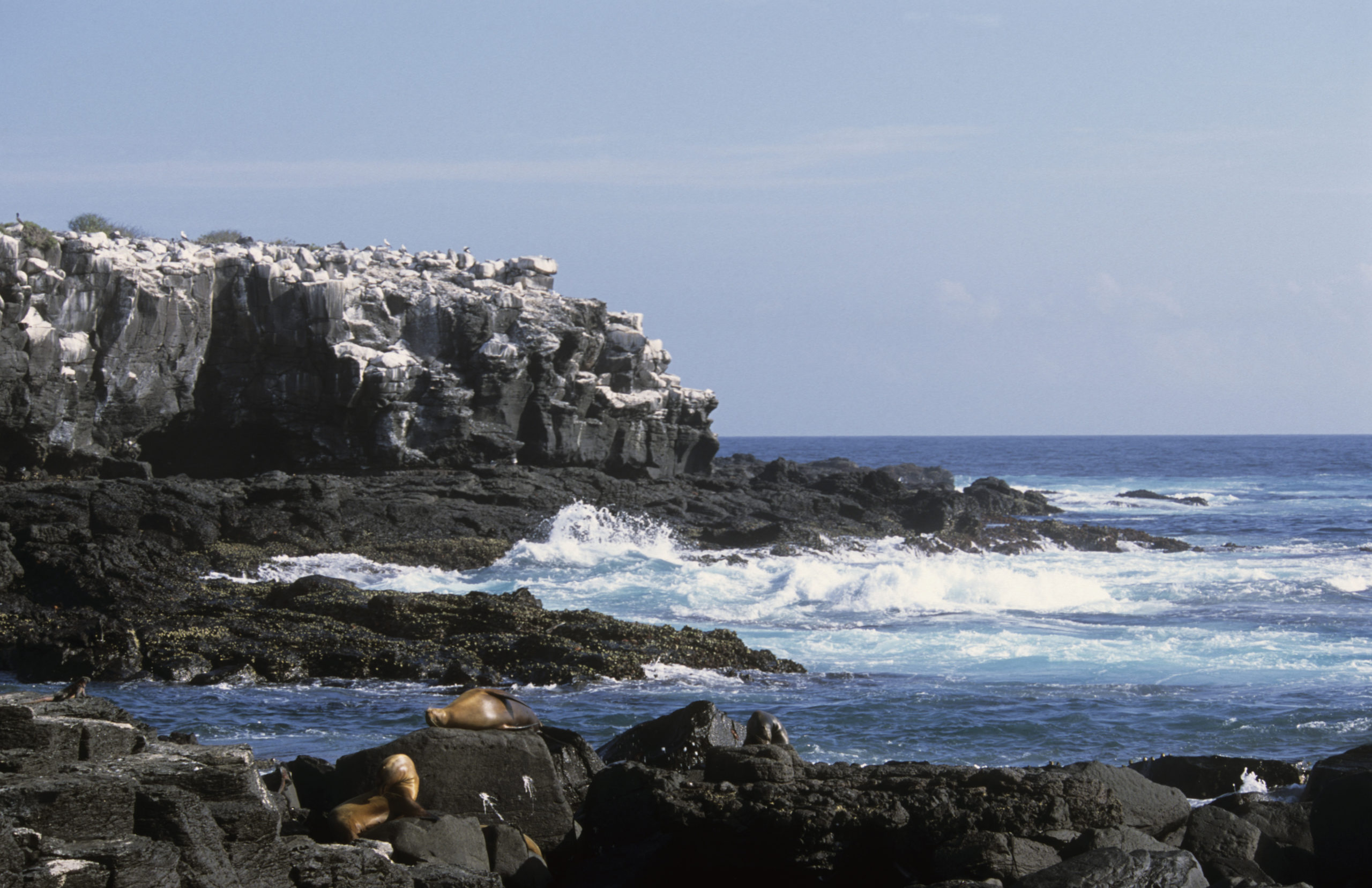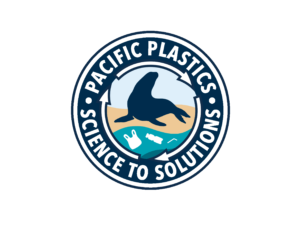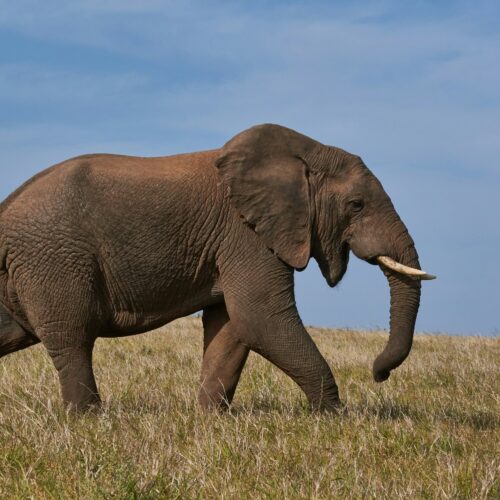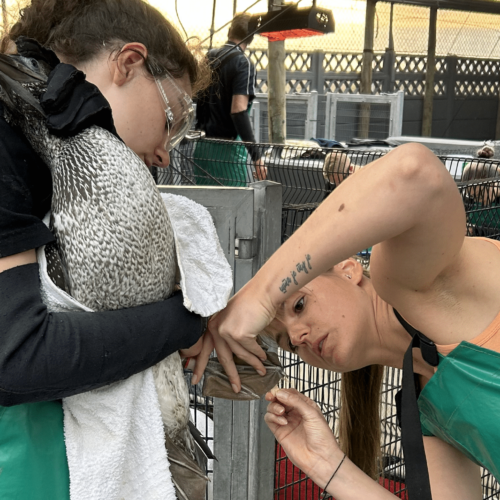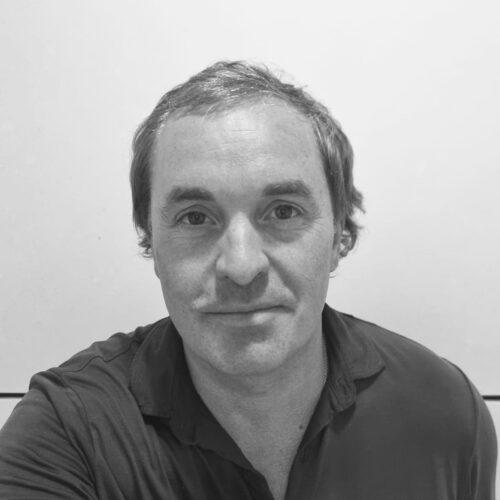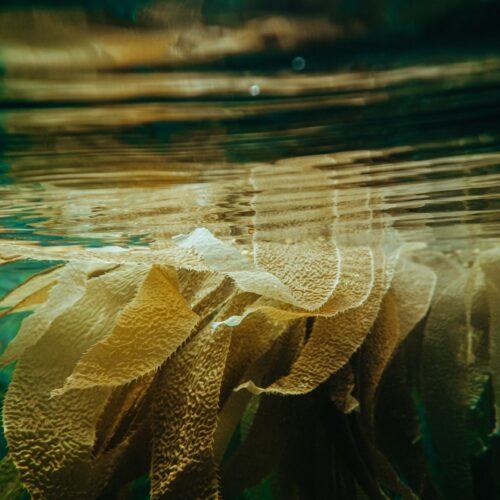The invention of synthetic plastic in the 19th century was driven by the endangerment of animals such as elephants whose tusks were in high demand for piano keys and hair combs. Plastic revolutionised medicine and the way we live today. However, plastic went from scientific development to environmental catastrophe in just 100 years. As a result over 25 million tonnes of plastic enter the ocean every year. This means that for every square mile of ocean there are now up to 45,000 individual pieces of plastic. Larger plastic pieces break down in to microplastics which are then consumed by marine species who mistake them for prey.
The world’s oceans are filled with life and biodiversity – and there is nowhere more representative of this than the origin of Charles Darwin’s Theory of Evolution, the Galapagos Archipelago. However, plastic pollution knows no boundaries and the Galapagos is no exception. Here at the Pelorus Foundation we are committed to protecting our oceans and believe that projects such as PPSS are essential in tackling ocean plastic pollution.
PPSS is a global network of world class scientists working to free the Eastern Pacific Ocean from plastic. They draw on science and citizen participation to understand the sources of plastic pollution and design and promote viable solutions for communities and industries – to build towards the development of a sustainable, circular plastics resource flow.



